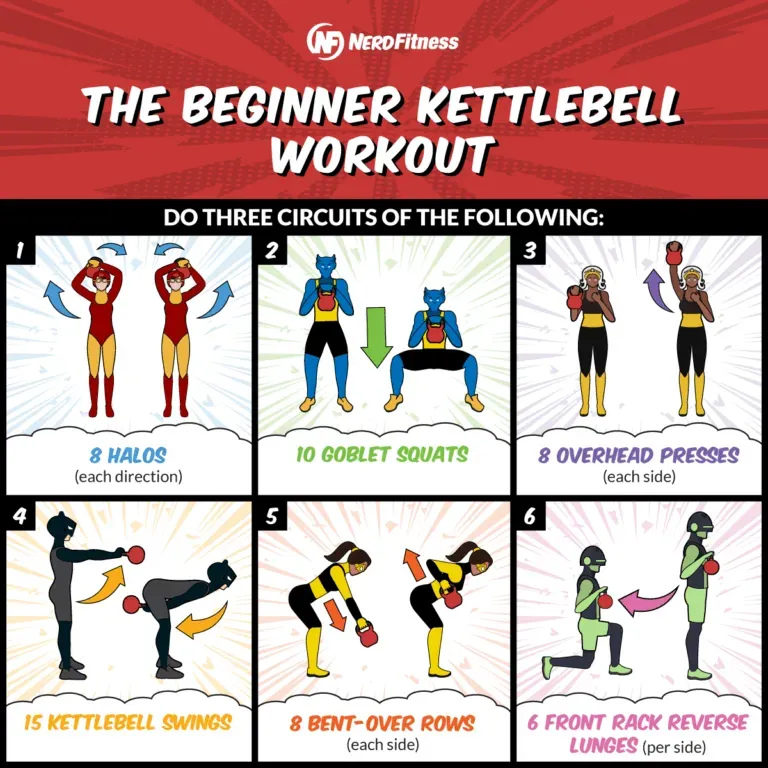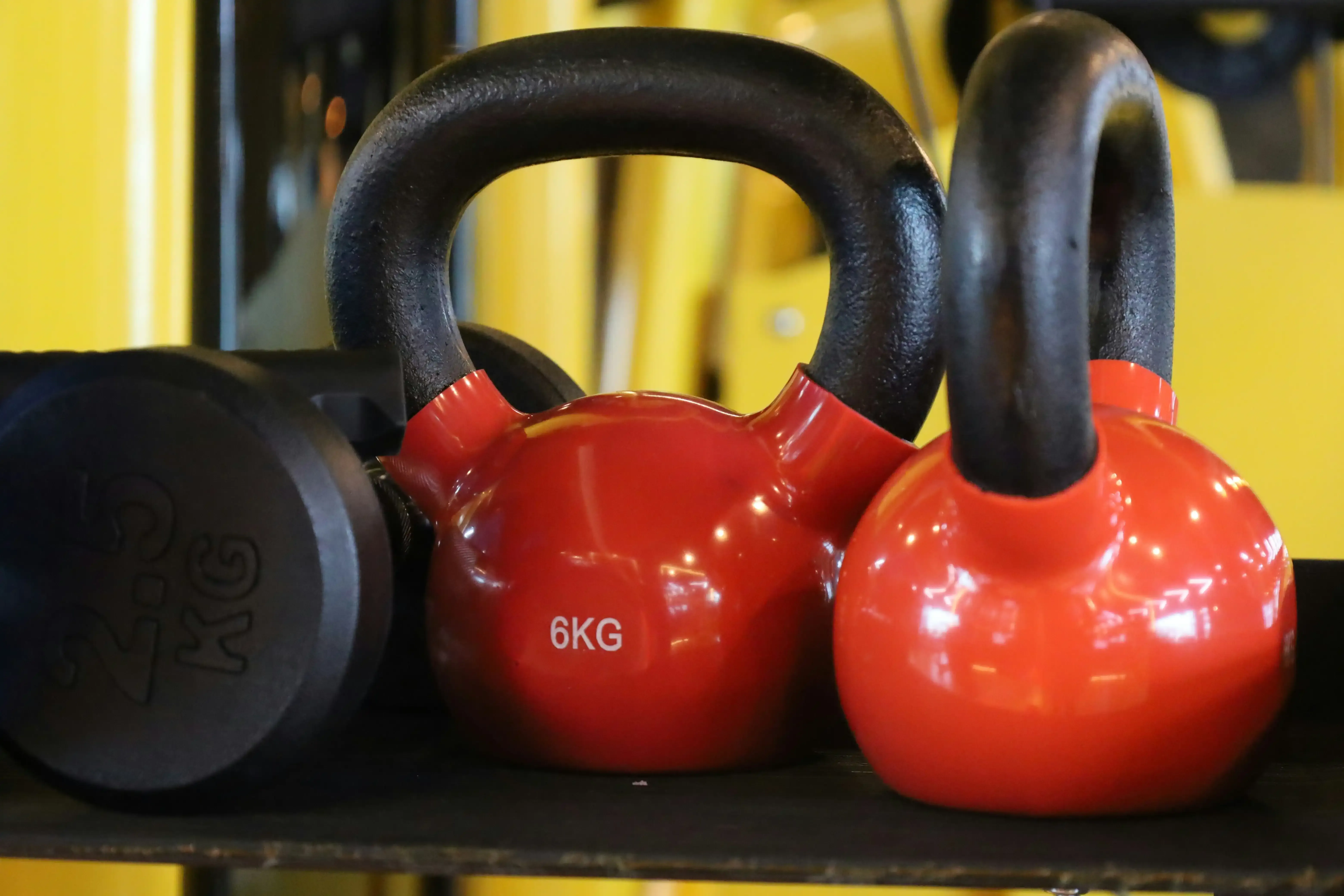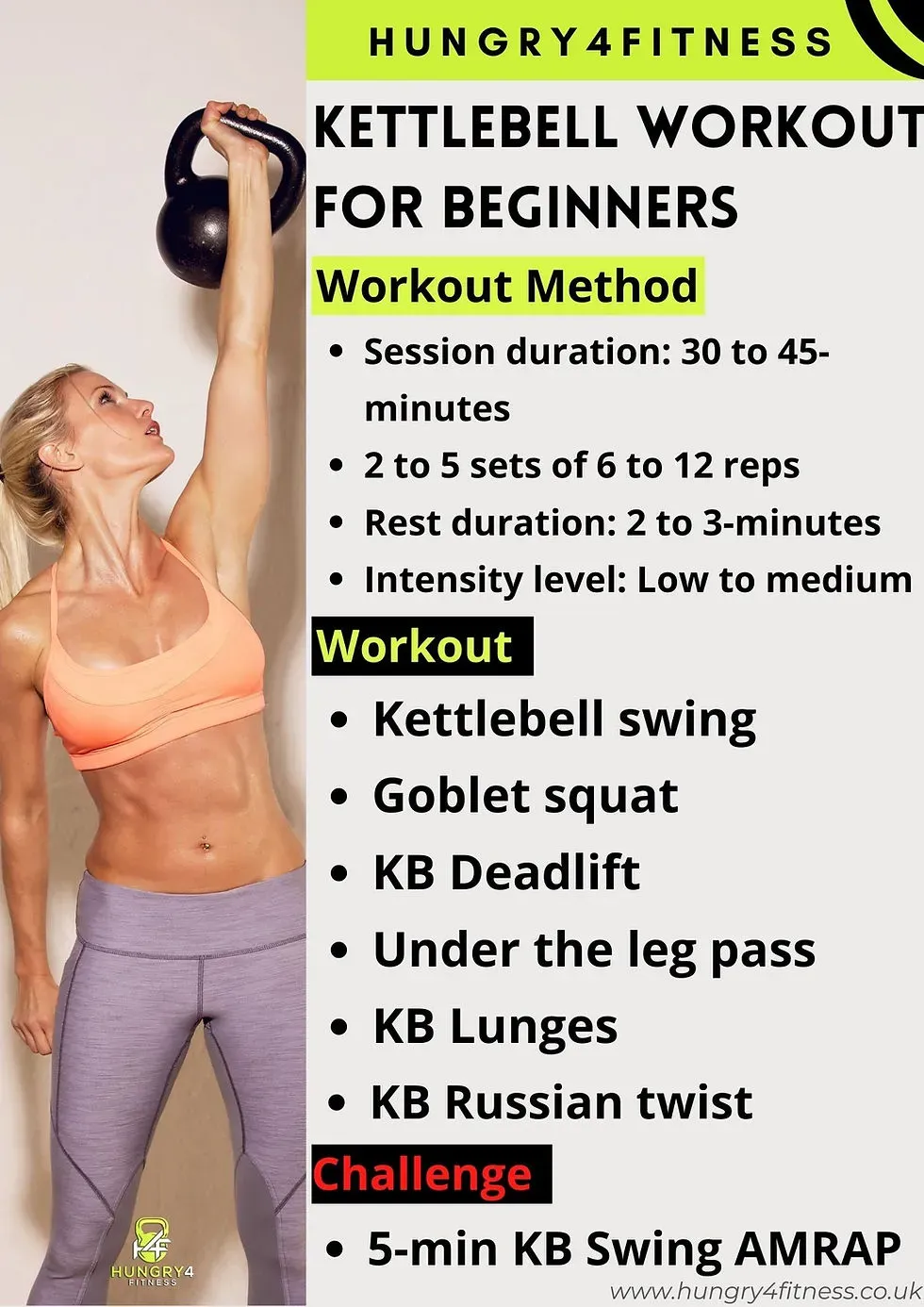Table of Contents
So, you've been swinging a single kettlebell for a while, maybe feeling pretty good about your progress. But now you're eyeing those pairs of bells in the corner, wondering if two is really better than one. The answer, for many, is a resounding yes. Stepping into the world of a double kettlebell workout for beginners can feel like a leap, but it unlocks new levels of strength, power, and pure metabolic burn. Forget the idea that kettlebells are just for cardio; with two, you build serious muscle and coordination. This article isn't about fancy tricks or circus acts with iron. We're cutting through the noise to give you the straightforward facts on why doubling up works, what gear you actually need (spoiler: matching bells are key), and the foundational movements that form the backbone of an effective double kettlebell workout for beginners. We’ll lay out some essential exercises and even map out a simple plan to get you started safely and effectively. Ready to pick up the second bell? Let’s get to it.
Why Train with Two Kettlebells?

Why Train with Two Kettlebells?
Look, swinging one kettlebell is great. It builds foundational strength, gets the heart pumping, and teaches you coordination. But if you've hit a plateau or just crave a bigger challenge, grabbing a second bell changes the game entirely. Think of it like upgrading from a bicycle to a motorcycle. You're not just doing the same thing faster; you're accessing a whole new level of power and potential. Training with two kettlebells demands more from your core, challenges your balance in new ways, and allows you to load movements heavier, leading to faster gains in strength and muscle mass. It forces your body to work symmetrically, identifying and often correcting imbalances you might not even know you had. Plus, let's be honest, it just looks and feels a bit more epic, adding a layer of intensity that keeps training interesting.
Getting Started: What You Need for a Double Kettlebell Workout for Beginners

Getting Started: What You Need for a Double Kettlebell Workout for Beginners
Picking Your First Pair of Bells
Alright, so you're sold on the idea of a double kettlebell workout for beginners. The absolute first thing you need? Two kettlebells. And here's the kicker – they really should be the same weight. Trying to learn double movements with mismatched weights is like trying to run with one heavy boot and one sneaker; it throws everything off. For beginners, picking the right weight is crucial. Go too heavy, and you'll compromise form, risking injury. Go too light, and you won't get the full benefit. A common starting point for men is two 12kg (around 26 lbs) or 16kg (around 35 lbs) bells. For women, two 8kg (around 18 lbs) or 12kg bells are often a good starting point. It might feel light for swings initially, but remember you'll be holding two, and exercises like presses and squats demand more stability and control than single-bell versions.
Beyond the Iron: Space, Shoes, and Smarts
Beyond the kettlebells themselves, you don't need a ton of fancy gear for a double kettlebell workout for beginners. You do need space. Enough room to swing the bells safely without hitting furniture, walls, or pets. Think a few steps in each direction. Good, stable footwear is also non-negotiable. Running shoes with squishy soles are out; you want something flat and stable that lets you root your feet firmly into the ground. Think minimalist trainers, weightlifting shoes, or even just sturdy cross-trainers. Lastly, you need a bit of smarts and patience. Don't jump into complex movements right away. Master the basics with a single bell if you haven't already, and then slowly introduce the second one on simpler moves before progressing.
- Matching Kettlebells: Essential for balanced training.
- Adequate Space: Enough room to swing safely.
- Stable Footwear: Avoid squishy soles.
- Solid Foundation: Basic single-kettlebell skills help.
- Patience: Progress gradually, focus on form.
Essential Moves: Top Double Kettlebell Exercises for Beginners

Essential Moves: Top Double Kettlebell Exercises for Beginners
Getting a Grip: The Double Kettlebell Deadlift
Alright, let's talk about pulling heavy stuff off the floor with two bells. The double kettlebell deadlift is your absolute starting point for a double kettlebell workout for beginners. It's simple, fundamental, and teaches you how to brace your core and use your hips correctly under load. You stand with a bell outside each foot, hinge at your hips keeping your back flat, grab the handles, and stand up tall, squeezing your glutes at the top. Lower them back down with control. It’s not glamorous, but mastering this move is non-negotiable before you even think about swinging or cleaning two bells. It builds raw strength in your posterior chain – that's your back, glutes, and hamstrings – which is the engine for almost everything else you'll do with kettlebells.
Holding Strong: The Double Rack Position and Squat
Once you can pick them up, you need to learn to hold them. The double rack position is where the bells rest comfortably on the front of your shoulders, handles down, elbows tucked. It takes some getting used to, maybe even leaves a lovely bruise or two initially, but it's crucial for movements like squats and presses. From the rack, the double kettlebell squat is a beast. With the weight loaded high, it forces you to stay upright, challenging your core and hitting your quads and erectors hard. It’s a different feel than barbell or single kettlebell squats, demanding more stability throughout the movement. Get comfortable here, because this position is home base for several other exercises.
Exercise | Primary Focus | Beginner Tip |
|---|---|---|
Double KB Deadlift | Hips, Back, Grip | Focus on keeping a flat back. |
Double KB Rack Hold | Core, Posture | Find a comfortable spot on your shoulders. |
Double KB Squat | Quads, Core, Erector Spinae | Keep chest up, sit between your heels. |
Pulling Power: Double Kettlebell Cleans
things get a little more dynamic here. The double kettlebell clean is how you get the bells from the floor (or a hang) up into that rack position smoothly. It's a hinge, a powerful hip drive, and a quick pull/scoop to get the bells racked without banging your forearms – the infamous "kettlebell tattoo." This move is fantastic for teaching explosive hip power and coordination, vital components of a solid double kettlebell workout for beginners. It works your posterior chain like the deadlift but adds that element of speed and timing. Practice the single-arm clean first if you haven't, then put them together. It takes practice to make it look effortless, but when you nail it, it feels powerful.
Building Your Routine: A Sample Double Kettlebell Workout for Beginners Plan

Building Your Routine: A Sample Double Kettlebell Workout for Beginners Plan
you've got your bells, you know how to pick them up, hold them in the rack, and clean them. Now, how do you string it all together into a cohesive double kettlebell workout for beginners? Don't overcomplicate it initially. A solid beginner routine focuses on fundamental patterns: squatting, hinging (like the deadlift or clean), and maybe some pressing later on. You can structure a workout in several ways: circuits where you move from one exercise to the next with minimal rest, or straight sets focusing on one move at a time. For a double kettlebell workout for beginners, starting with straight sets on the deadlift and squat is smart to build strength and groove the movement patterns. Once those feel comfortable, you can add cleans and perhaps structure it into a simple circuit to get the heart rate up.
- Start simple: Focus on deadlifts and squats first.
- Learn the clean: Essential for getting bells to the rack.
- Consider straight sets: Build strength and form.
- Try circuits later: Increase intensity and conditioning.
Beyond the Basics: Safe Progression in Your Double Kettlebell Journey

Beyond the Basics: Safe Progression in Your Double Kettlebell Journey
Knowing When You're Ready for More Weight
Alright, you've been crushing those double deadlifts, rack squats, and cleans with your beginner bells. You're not getting banged up, your form feels solid, and frankly, it's starting to feel a little... easy. That's the signal. When you can comfortably complete all your prescribed reps and sets for your core double kettlebell workout for beginners without feeling overly taxed or losing form, it's time to think about bumping up the load. Don't rush this. Adding weight too soon is the fastest way to invite a nasty injury. You should feel strong and in control, not just barely surviving the last rep. It’s better to add weight and drop reps slightly while maintaining perfect form than to struggle through sloppy reps with bells that are too heavy. Your body will thank you.
Smart Strategies for Increasing the Challenge
Adding heavier kettlebells isn't the only way to progress your double kettlebell workout for beginners. You can also increase the number of sets or reps you do with your current weight. Maybe you were doing 3 sets of 5; try moving to 3 sets of 8, or even 4 sets of 5. Another method is decreasing the rest time between sets or exercises, turning your strength work into more of a conditioning challenge. You can also introduce new exercises that build on the fundamentals you've mastered. Think double kettlebell presses from the rack or maybe attempting the double kettlebell swing (though many argue for perfecting the single swing first). These variations demand more strength, stability, and coordination.
- Increase weight (when ready).
- Add reps or sets.
- Reduce rest time.
- Introduce new, more complex exercises.
- Combine exercises into flows or complexes.
Exploring More Advanced Double Kettlebell Movements
Once your foundation is rock solid and you're comfortable with the core lifts and adding volume or reducing rest, you can start looking at more advanced double kettlebell exercises. This is where things like double snatches, jerks, or even movements like double front squats or overhead squats come into play. These require not only significant strength but also greater mobility, timing, and coordination. Don't just jump into these; find a good coach or reliable resource to learn the proper technique. A poorly executed double snatch is a recipe for disaster. Progressing safely in your double kettlebell journey means respecting the weights and the complexity of the movements, always prioritizing form over ego. The bells aren't going anywhere.
Ready to Double Up?
Diving into a double kettlebell workout for beginners isn't about showing off; it's about smart progression. You've seen how two bells can challenge your body differently, demanding more from your core, building symmetrical strength, and just flat-out working you harder. We've covered the basics: get the right weight, master the foundational movements, and start building a routine. It takes focus, maybe a little humility as you find the right weight, but the payoff in strength and conditioning is significant. Don't overthink it. Grab those matching bells, start slow, focus on form, and see what happens. The path to a stronger, more powerful you often involves picking up a second bell.